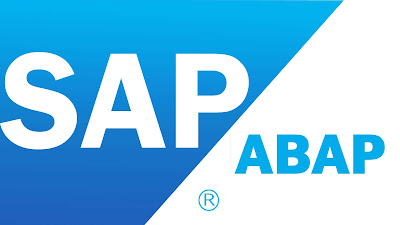Difference types of Windows in SAP ABAP.

Ans: Windows: - They are used to define the
different types of windows.
Ø Following are the different
types of windows.
·
Main
Window:
It is the default widow. It is used to display the continuous text on the
pages. Without main window we can’t design SAP scripts. The system generates
the pages dynamically for main window. Up to 99 main windows can be created in
a form. The window type is ‘MAIN’.
·
Constant
Window:
This window contains the static content which can be formatted only once to
print/display the same contents on all the pages.
·
Variable
Window:
It is used to print the data based on the window size. It can be formatted for
each page to print/display the different contents. Without a variable window
also we can design the SAP script.
·
Graphic
Window:
It is used to print/display the graphics/logos on the page.